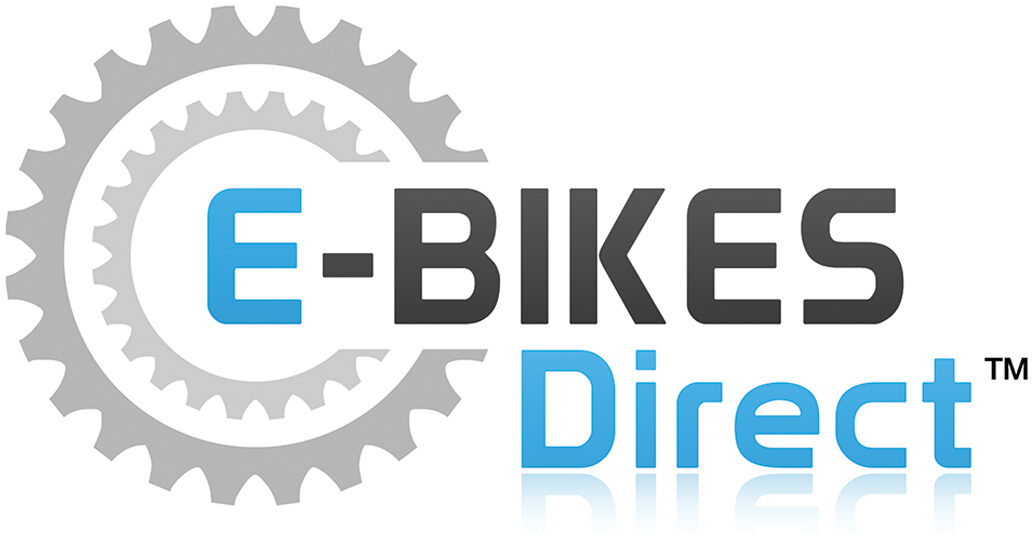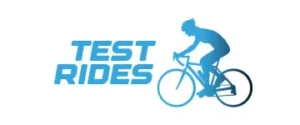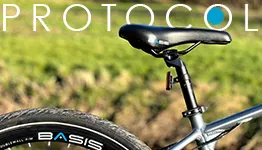Buying Guide
With the emergence of electric bikes in the UK they are becoming ever more popular for all manner of cyclists but the key question we are asked is, “what bike is right for me?”, with so many types of ebikes on the market, customers can get bamboozled with the differing variations on them so below we have outlined some key points that you should consider prior to buying..
Style
The first point is to consider what style of bike you are looking for so whether that be a step through bike in the classic design, a crossbar version, a mountain bike or perhaps a folding bike, you may see mention of hybrids and this refers to bikes that are suitable for trail use as well as road use, wheel size may be a factor as you get a smoother ride the larger the wheel but typically a 26” or 24” wheeled bike will be better for trails than perhaps a 700c or 28” wheeled bike that will be better road runners depending on the width and tread of the tyre. obviously, the step through bikes are easier to mount, Mountain bikes or E-MTB’s as they are known are great for off road use and trails and folding have the added advantage of being portable and space saving,
Distances
The ampere rating (AH) or watt hour rating (WH) will determine the length of distance the bike can travel on a charge dependent on terrain, rider weight and weather related cycling conditions, as a rule of thumb the below list is an approximate distances you can get on the various batteries, typically a 10AH or 375WH Battery will give an approx. distance of 27-35 miles and a 16ah battery will give an approx. distance of 60 – 70 Miles as a rule of thumb.
Power your Bike
The legal limit for an electric bike for on road use in the EU is 15.5mph and the motors must be limited to 250w, this will be the majority of bikes that are available, the voltage of the battery is important so if you need a powerful hill climber always go for a 36v battery and a 250w motor, there are some bikes with lesser powered motors and batteries so you would need to put a little more effort in to your cycling when encountering hilly terrain
Sizing
A really key factor is obviously the size of the bike for your comfort and riding experience, there are a myriad of different frame suitability’s depending on the height of the rider and also the inside leg measurement so an approximate guide to sizing on a hybrid electric bike would be as follows
Height 4’10’’ – 5’2’’ Frame Size 13” – 14”
Height 5’2’’ – 5’6’’ Frame Size 15” – 16”
Height 5’6’’ – 5’10’’ Frame Size 17” – 18”
Height 5’10’’ – 6’1’’ Frame Size 19” – 20”
Height 6’1’’ – 6’4’’ Frame Size 21” – 22”Drive Systems
There are two main drive systems with electric bikes; these are either central crank driven systems or hub driven systems.
Crank driven motors are located in the middle of the bike frame, where the bottom bracket normally sits. The drive system propels the bike through the chain with the use of the rear wheel gears. This is a highly efficient system, because it can increase its own torque through the use of a wheel’s cassette. To put it simply, it can allow the bicycle to climb up very steep hills.
Crank drives are what is known as a pedelec bike which means it will only work when the rider keeps pedalling by rotating the cranks. They are more intuitive than hub driven motors because they are equipped with a torque sensor, which recognizes when the rider puts more effort on the cranks. The higher the rider’s effort on the cranks, the more power is supplied by the motor and the faster the bike goes. These make them very efficient and are great for hill climbing. But because they work as a pedelec only, the rider needs to keep pedalling to make the assistance work.
Various Crank drive systems are available, so the ones to look out for are Bosch, Yamaha, Shimano and Panasonic.
On hub driven systems the motor is located inside the hub; this propels the whole wheel independently from the bike chain or cassette so works from power on demand. With Hub motor systems they can be driven in two modes. Either by pedal assist mode or alternatively via throttle control. With many models you can select different levels of pedal assist modes and the power will come in based on the level set whilst pedalling. The throttle mode will be just a twist and go or thumb throttle, this mode does not require the rider to pedal. It is important to note that there is a limitation on the speed the throttle can go as of the 1st January 2016 which limits the speed to 6kph in line with European law. Hub driven bikes are great for riders which do not want to worry about the need for exertion as with crank drives. Whilst the crank drives give you a more seamless sense of riding, with hub motors you can just select the power mode you want so it is a more effortless means of cycling an electric bike.
We here at E-Bikes Direct deliver free and assembled products (T&C’s apply) and should you have any questions relating to electric bikes or what you should be looking for then please contact us via email at sales@e-bikesdirect.co.uk or alternatively please call us on 01580 830959 and our dedicated team will be more than happy to assist.












